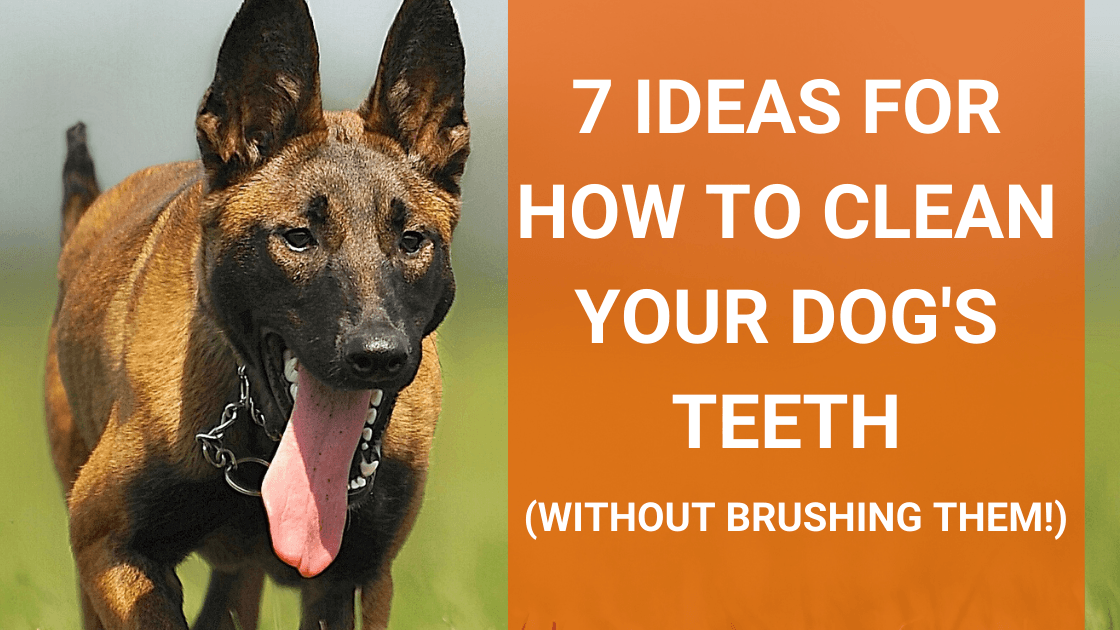I know that when I conjure up the image of a dog with a toy, it’s often of the age-old, knotted end, bone-shaped rawhide. But in recent years, and among many owners, rawhides are definitely decreasing in popularity.
Which has a lot of us wondering, is rawhide bad for dogs? In short, the biggest risk factors are choking or blockage. Additionally, rawhide may upset your dog’s stomach and expose them to toxic chemicals.
There’s definitely uncertainty about rawhide, that’s for sure. Is the material safe? What exactly is rawhide made of? What risks do rawhides pose to our dogs? Are there benefits?
Well, my canine-loving friend, you’re in the right place! Consider this your complete guide to rawhides. We’re going to get to the bottom of the risks and benefits and find out once in for all if rawhide is bad for dogs.
What is a rawhide bone? What is rawhide made of?
Rawhide bones are made from the hides of animals, usually cows. It comes from the inner layer of an animal’s hide after the top layer has been removed to make leather. This inner layer is essentially a by-product of the leather industry.
The leather created from the top layer goes on to become shoes, handbags, and furniture, and the inner layer of the hide goes through numerous chemical processes to become your dog’s iconic chew.
How is rawhide made?
According to Canine Journal, rawhide that is made here in the US is probably a safer choice for your dog. This is because when rawhide is created domestically, the material (that inner layer of hide) is transported in refrigerator containers to prevent them from rotting.
Rawhides created outside of the US are often immediately treated with chemicals to preserve the hides without the need for refrigeration. In some cases, these chemicals can be quite toxic, like formaldehyde and arsenic. But this type of processing is banned in the US.
From there, the hides are soaked in a solution of ash and lye to remove fat and hair. Next, they are cleaned with water or bleach, and then they may be smoked with flavoring to make them more appealing to your dog. (source)
As Dogs Naturally Magazine puts it, a better name for these chews would be processed hides not rawhides. You can head over there for a more detailed outline of the whole rawhide making process

Infographic credit: Rodney Habib
Reasons rawhides are bad for dogs
Now that you understand the process that goes into making rawhides, let’s take a look at the main threats these chews pose to your dog.
Choking Hazards: As your dog works at a rawhide chew, it becomes soft, flexible, and slimy. At this point, large pieces can detach that your dog can attempt to swallow. In some cases, these pieces can become lodged in your dog’s throat causing them to choke, gag, or vomit. My Lab is especially notorious for this.
After needing to give him the Heimlich to dislodge a piece of a flat rawhide from his throat, we stopped giving them to our dogs entirely. Instead, we opt for frozen, raw marrow bones as a treat that we carefully monitor. If you do give your dog rawhide chews, it’s very important never to leave your dog alone with a rawhide because of the choking risk!
Blockages: Similarly, as your dog breaks down their rawhide chew, they may swallow large pieces. These pieces might not cause them to gag, choke or vomit. Instead, they get stuck in your dog’s intestines because they are not broken down in their stomach. In serious cases, these blockages require expensive surgery for removal
Exposure to toxins and bacteria: Depending on how the rawhide is processed, the rawhide chew may expose your dog to known carcinogens like arsenic and formaldehyde. Other chemical exposures can include bleach and hydrogen peroxide. Some rawhides have also tested positive for lead, mercury, and chromium salts (source)
Upset digestion: for some dogs, especially those with sensitive stomachs, rawhides can cause serious digestive upset, usually in the form of diarrhea. The artificial flavorings and colors are usually to blame
Perceived benefits of rawhides
So with all of this negative press, why do rawhides prevail? For one, I think a lack of education and the prevalence of these chews are a big factor. People think that if they are so widely available, they can’t be that bad, right?
The main ‘benefit’ of rawhides is how effective they are at quelling your dog’s innate need to chew. They keep dogs busy and entertained for hours. They’re also touted for being good for dog’s teeth and cleaning them, much like other chew toys.
The thing is, once the rawhides become soft and gooey, they aren’t doing anything for your dog’s teeth anymore. And as your dog works the rawhide, the greater the chance of a choking hazard or blockage occurring.
Related Reading: How to Stop Destructive Chewing
Rawhide safety
- Consider your dog’s chewing style. Small dogs and older dogs do better with rawhides because they’re jaws aren’t as strong. They are less likely to choke or swallow large pieces of rawhide
- If you do get rawhides, check to make sure they’re made for the USA. Rawhides made domestically are subject to more intense quality control than imported rawhides. However, all rawhides involve some chemical processing
- Choose rawhides that do not contain any artificial coloring or flavor. These up the chances of toxic exposure and upsetting your dog’s stomach
- Look for rawhides labeled “preservative-free” as these are a safer alternative
- Your best bet? Opt for natural, safer chewing alternatives! Natural rubber chew toys and naturally shed antlers are both great choices. For large dogs, fresh marrow bone (raw, never cooked) also make a safer chew option, but be sure to monitor the bone for safety
Related Reading: How to Properly Supervise Your Dog with Chew Toys
Is rawhide bad for dogs? You can make the call
With the information in this article, you can make a more informed choice when it comes to giving your dog rawhides. While they aren’t inherently bad per se, they are a dog product that needs to be chosen with care and given under supervision.
What are your thoughts? Do you give your dog rawhides? How do you keep them safe? Let’s keep the conversation going below!



